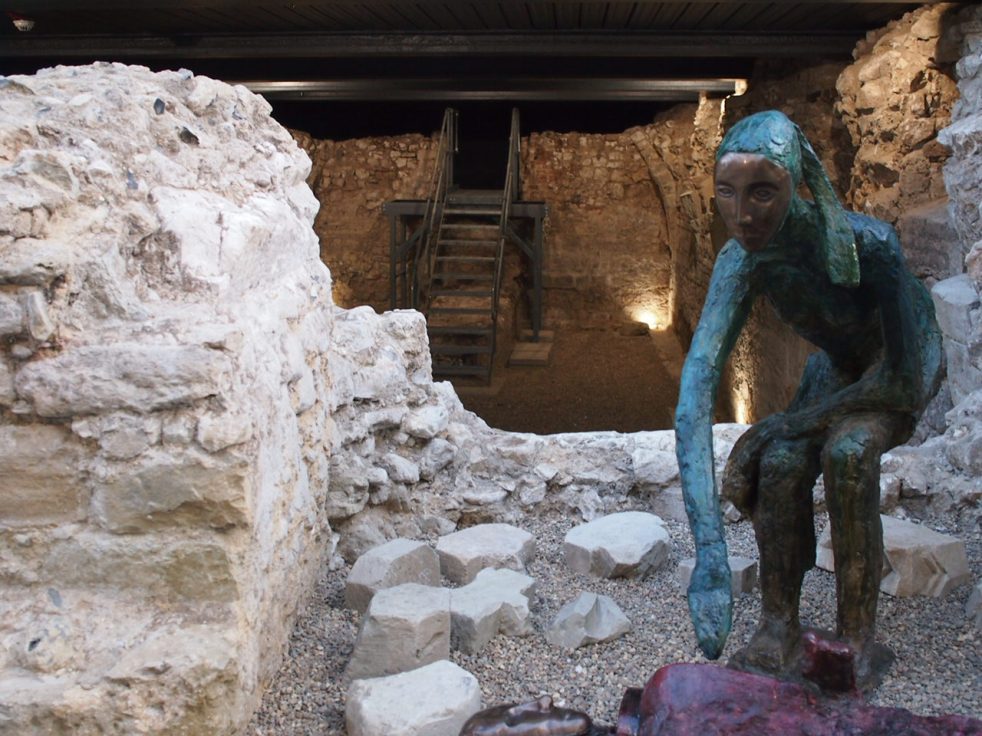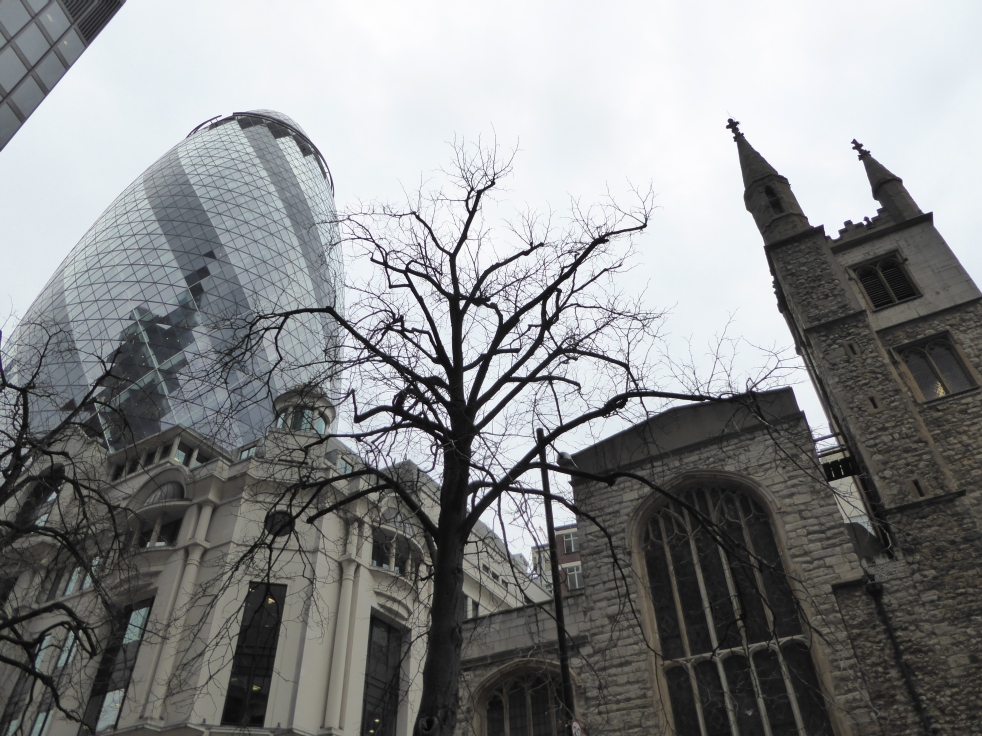Today, Spitalfields often feels like something of a battleground between the area’s rich and varied heritage and the seemingly unstoppable march of gentrification and redevelopment. Located on the north-eastern edge of the City of London, in recent decades it has been transformed from a mostly working-class district that was home to textile producers and a large fruit and vegetable market to a hub for high-end boutiques and trendy restaurants. It was the construction of a new office block in 1999 that led to the rediscovery of a medieval charnel house – the oldest building in Spitalfields – which had lain undiscovered for around 300 years. Fortunately, the discovery generated enough interest that the office developers chose to incorporate the building’s remains into the new development, and today a glass panel allows the charnel house to be viewed from street level, while a flight of stairs leads down to the ruins themselves, which can be seen behind glass. This little building gives the visitor a rare glimpse into medieval Spitalfields which was home not to market buildings or office blocks but to a hospital and an extensive burial ground.

Continue reading “A medieval charnel house below the streets of Spitalfields”


